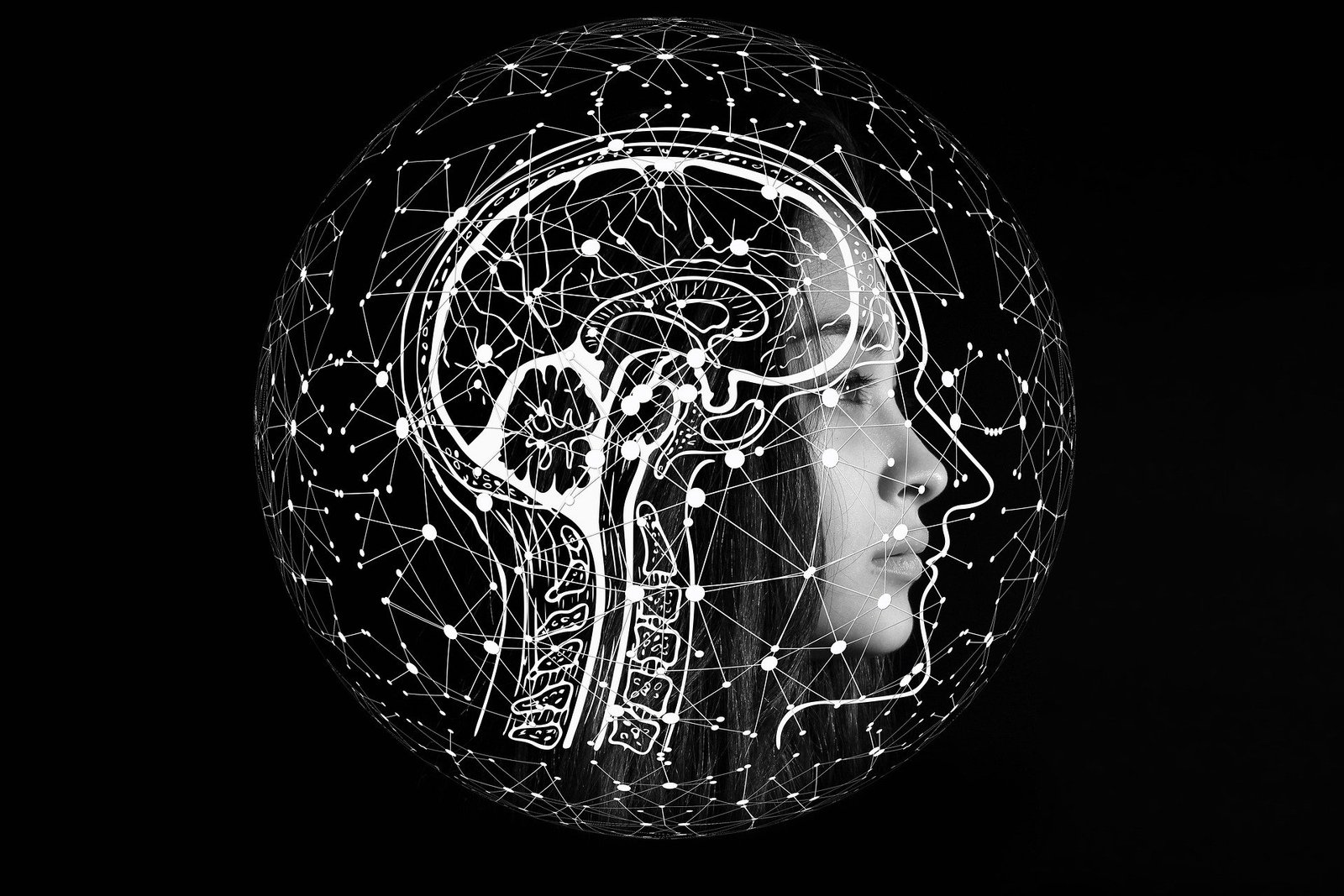In recent years, artificial intelligence (AI) and machine learning (ML) have emerged as two of the most fascinating technologies that are advancing at a rapid pace. Both of these technologies have come into their own.
The terms “artificial intelligence” and “machine learning” are each referred to by their respective abbreviations, which are AI and ML.
However, what is it exactly that they want us to take away from this?
How do they differ from one another in terms of the specific qualities that they each possess in comparison to the others?
One of the most fundamental aspects of what we mean when we talk about artificial intelligence (AI) is that it describes the capacity of machines to simulate human intelligence. This is one of the most fundamental aspects of what we mean.
When we talk about artificial intelligence (AI), one of the most fundamental aspects that we are referring to is the ability to learn.
This category of ability encompasses a wide range of skills, some examples of which are the innate understanding of language, the capacity to recognise images, and the capacity to make decisions.
On the other hand, machine learning is a subfield of artificial intelligence (AI) that entails teaching computers to learn from data rather than being explicitly programmed to do so. This can be accomplished through the use of data analysis and pattern recognition.
Data analysis and the identification of patterns are two methods that can be utilised to achieve this goal.
One method of accomplishing this objective is by demonstrating to individuals how they can profit from the experiences of others.
By putting in place systems that are powered by AI, it will be possible to accomplish this objective.
Learning on a machine can be accomplished through a variety of distinct methods, the most common of which are supervised learning, unsupervised learning, and reinforcement learning. Other less common methods include transfer learning and reinforcement learning.
There are also other methods besides machine learning to choose from.
There are additionally other potential courses of action.
The computer will receive a set of data that has been labelled with outcomes as part of the process of supervised learning. This will allow the computer to learn from its mistakes.
This enables the computer to gain knowledge from its previous errors.
After that, the computer will learn how to make predictions about the results of new data based on the results of the data that it has previously learned. These predictions will be based on the results of the data that it has previously learned.
Unsupervised learning is a subfield of machine learning that refers to the process of teaching a computer to recognise patterns and structures in data by presenting the computer with a set of data that does not contain any labelled outcomes. This process is referred to as “unsupervised learning” Unsupervised learning is a subfield of machine learning that refers to the process of teaching a computer to recognise patterns and This is an illustration of how a computer could be instructed to recognise patterns and structures within data, such as the one shown here.
The computer is taught to recognise patterns and structures in data by being shown the data itself in this type of machine learning. This type of machine learning is called pattern recognition.
Data -driven pattern recognition is an alternative name for this particular type of machine learning.
The process of teaching the computer, on the other hand, is known as reinforcement learning, and it involves providing the computer with feedback in the form of rewards or punishments according to the actions that it performs on its own.
One of the most fascinating facets of these technologies is the potential for artificial intelligence and machine learning to revolutionise a wide variety of business sectors. These sectors include healthcare, finance, and transportation, amongst a great number of others.
One of the most fascinating facets of these technologies is that they can do this.
For instance, artificial intelligence (AI) and machine learning (ML) could be utilised in the field of medicine for the purpose of analysing medical images and providing diagnoses. This would be a significant step forward in the application of these two technologies.
The advent of a methodology known as “deep learning” has made it so that this vision can now become a reality.
In the field of finance, it is possible to find applications for them, such as the detection of fraudulent activity and the preparation of investment strategies.
They have a wide range of applications in the transportation industry, including the enhancement of supply chain management and the development of vehicles that are able to operate without human intervention.
Even though AI and ML have the potential to bring about many benefits, they also raise important ethical and societal questions that need to be addressed. These questions need to be addressed because AI and ML have the potential to bring about many benefits.
Because AI and ML have the potential to bring about many different advantages, it is necessary to find answers to these questions.
It is essential to find responses to these questions because AI and ML have the potential to bring about a wide variety of benefits.
It is of the utmost importance that this specific matter be brought to the attention of each and every one of you.
Concerns comparable to these include the potential for bias to be embedded into computer programmes, the invasion of privacy experienced by users, and the influence on employment opportunities.
It is of the utmost importance to discover answers to these problems and to make certain that the advancement and application of AI and ML are carried out in a responsible manner.
It is imperative that these two objectives be met at the same time.
Both of these objectives should be prioritised in the same way.
Both artificial intelligence (AI) and machine learning (ML) are extremely powerful technologies that have the potential to significantly alter the ways in which we work as well as the ways in which we live our lives. Both of these technologies are referred to as AI and ML, respectively.
While it is necessary to have an understanding of their capabilities, it is also essential to be aware of the moral and social repercussions that their application may have if it is used. This is because their application may have the potential to have both negative and positive effects.
It is possible that the application of the capabilities was the cause of the occurrence of these repercussions.





